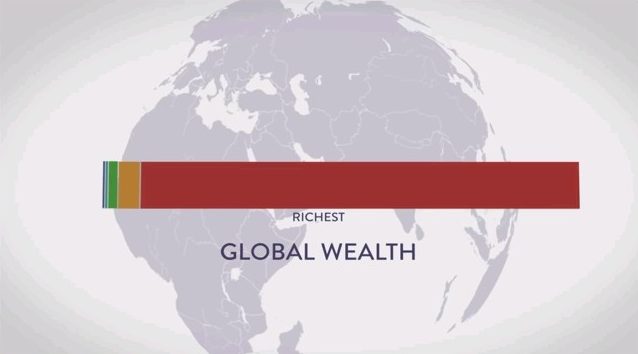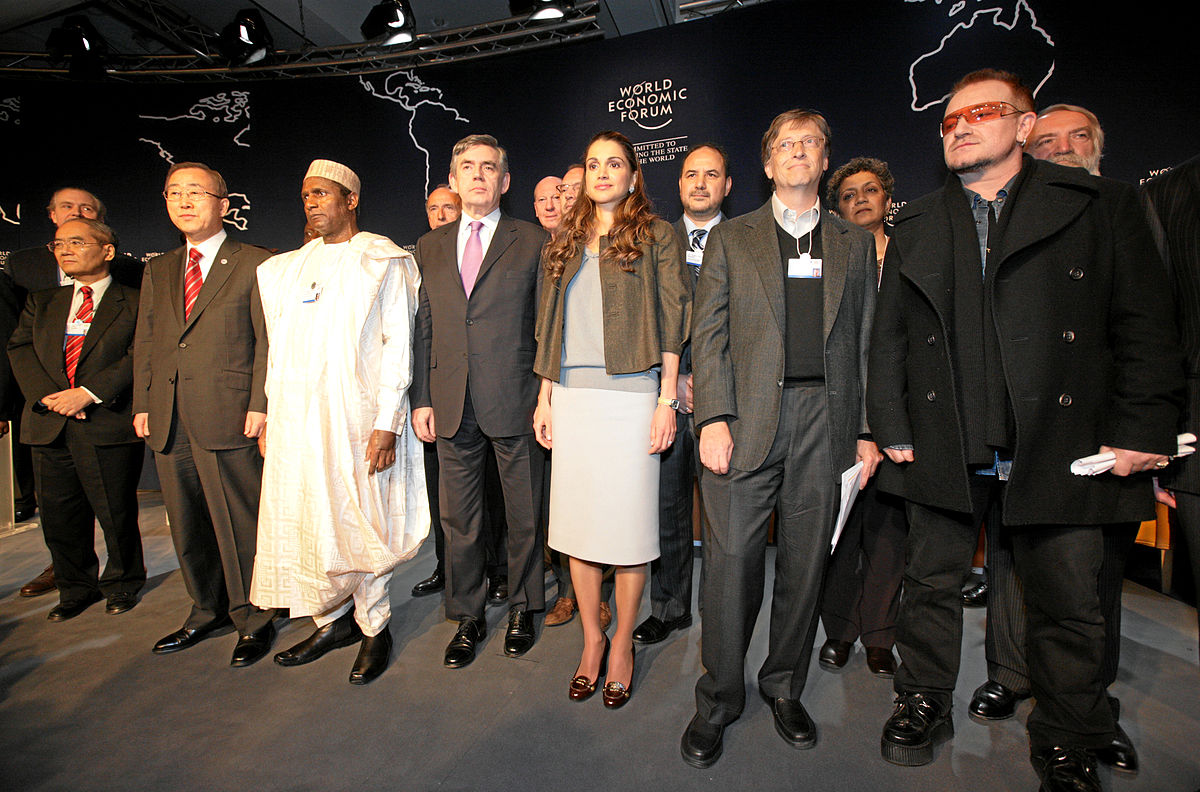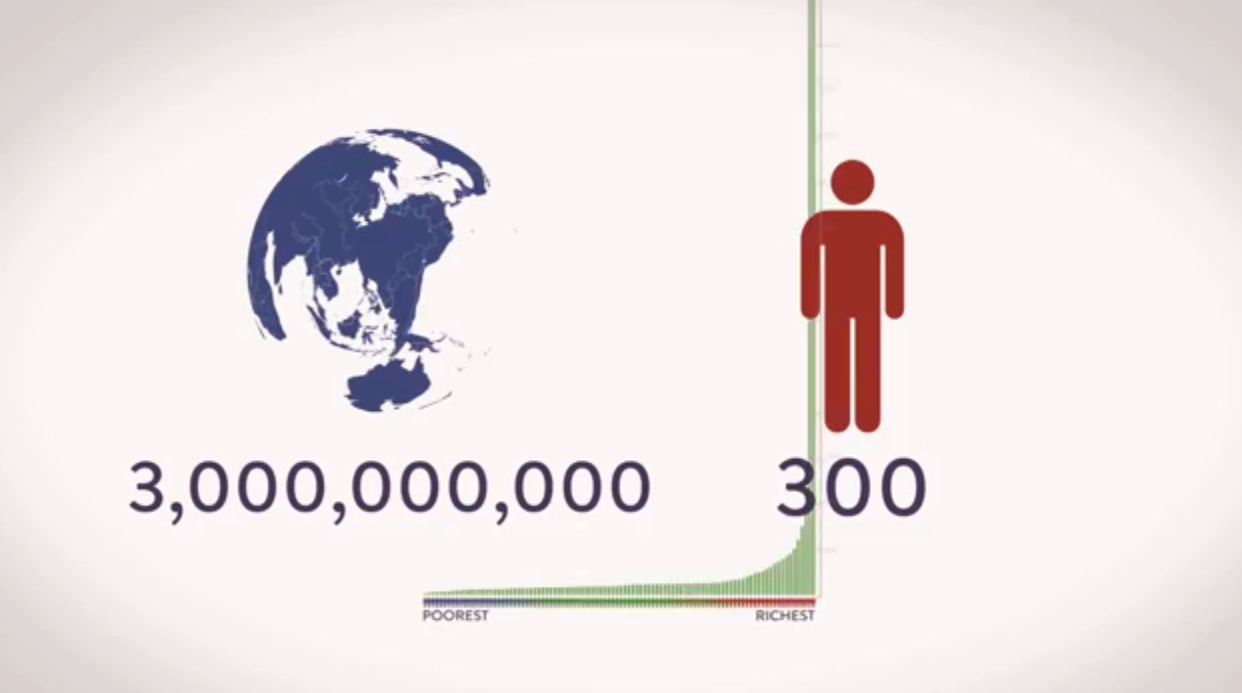
The Connecting the Dots series has convincingly shown a number of interconnected reasons why the global system is in crisis, and why there is no way out without a structural transformation of the dominant neoliberal system. In our contribution, we want to stress the key importance of what we call a “value regime,” or simply put, the rules that determine what society and the economy consider to be of value. We must first look at the underlying modes of production — i.e. how value is created and distributed — and then construct solutions must that help create these changes in societal values. The emerging answer for a new mode of value creation is the re-emergence of the Commons.
With the growing awareness of the vulnerability of the planet and its people in the face of the systemic crises created by late-stage capitalism, we need to ready the alternatives and begin creating the next system now. To do so, we need a full understanding of the current context and its characteristics. In our view, the dominant political economy has three fatal flaws.
Pseudo-Abundance
The first is the characteristic need for the capitalist system to engage in continuous capital accumulation and growth. We could call this pseudo-abundance, i.e. the fundamental article of faith, or unconscious assumption, that the natural world’s resources are infinite. Capitalism creates a systemic ecological crisis marked by the overuse and depletion of natural resources, endangering the balance of the environment (biodiversity extinction, climate change, etc).
Scarcity Engineering
The second characteristic of capitalism is that it requires scarce commodities that are subject to a tension between supply and demand. Scarcity engineering is what we call this continuous attempt to undo natural abundance where it occurs. Capitalism creates markets by the systemic re-engineering of potentially or naturally abundant resources into scarce resources. We see this happening with natural resources in thedevelopment of “terminator seeds” that undo the seeds’ natural regeneration process. Crucially, we also see this in the creation of artificial scarcity mechanisms for human culture and knowledge. “Intellectual property” is imposed in more and more areas, privatizing common knowledge in order to create artificial commodities and rents that create profits for a privileged “creator class.”
These first two characteristics are related and reinforce each other, as the problems created by pseudo-abundance are made quite difficult to solve due to the privatization of the very knowledge required to solve them. This makes solving major ecological problems dependent on the ability of this privatized knowledge to create profits. It has been shown that the patenting of technologies results in a systemic slowdown of technical and scientific innovation, while un-patenting technologies accelerates innovation. A good recent example of this “patent lag” effect is the extraordinary growth of 3D printing, once the technology lost its patents.
Perpetually Increasing Social Injustice
The third major characteristic is the increased inequality in the distribution of value, i.e. perpetually increasing social injustice.
As Thomas Piketty’s Capital in the Twenty-First Century shows us, the logic of capital is to concentrate more and more wealth into fewer hands through compound interest, rent seeking, purchasing legislation, etc. Our current set of rules are hardwired to increase inequality and injustice.
Enter the Commons
To what degree does the Commons and peer-to-peer production function as a potential solution for these three interrelated structural crises of capitalism?
Commons are resources that are owned and managed neither by private corporations nor by the state. Instead, they are governed by their user communities. As the late Elinor Ostrom has shown, Commons have managed and maintained a healthy resource base for extremely long periods. Both private capitalism and state-centric development have been detrimental for the environment and the maintenance and regeneration of natural resources.
Digital networks (such as the internet) have recently enabled a new type of Commons where the knowledge required for human action and value creation has been mutualized. This has led to global open design communities, which jointly create open knowledge pools (e.g. Wikipedia), free software (e.g. the Linux Operating System) or open designs to enable physical production (e.g. Arduino motherboards,WikiSpeed cars, WikiHouse housing projects, etc.).
Commons-based peer production emerges when technology enables the creation of open, contributory systems that create Commons. Unlike physical resources (which need to be managed tightly), these digital Commons can be open for use by all of humanity (on the condition of having network access of course).
In what way do the Commons and peer-to-peer dynamics represent a potential response to the three systemic crises we’ve described?
As a first approach, we offer the following theses:
1. Under capitalism, the design of products and services is led by the desire to retain market scarcity, and therefore, to create commodities. In this context, corporate-driven innovation is always characterized by planned obsolescence. The global open design communities engaging in peer production and mutualization of productive knowledge have no such perverse incentives. These communities design to ensure participation and are “naturally” inclined to design sustainable products and services. Of course, this is not to say that relying on peer production is entirely sufficient to obtain full sustainability. The point is that peer production does not structurally create the need for unsustainable production.
2. Innovation under our current system actually depends on artificial scarcity and the intellectual property regime. The privatization and patenting of knowledge and technical solutions hampers the widespread distribution of necessary innovations. No such impediments exist in the open contributory systems of peer production communities, where innovation anywhere in the network is instantly available to the whole.
3. Peer production, independent of the profit motive, invites and facilitates the creation of solidarity-based forms of economic entities. Being generative towards human communities, these entities are more likely based on socially just forms of value sharing. This condition, though, requires that the value generated by peer production communities is not captured by extractive economic entities. In fact, this is the central locus of political and social struggle when peer production emerges in the context of the dominance of an economic system based on value extraction from human communities and the environment. The self-organizing characteristics of peer production, however, also enables the creation of new economic forms that are generative, and which can therefore produce more justice in the economic system.
The Revolution Is Already Happening
All over the planet, citizens are organizing to solve these three systemic crises. Their responses take three forms:
1. The sustainability and ecological/environmental movements, attempting to find solutions for the planet’s survival;
2. The “Open,” “Commons” and “Sharing” movements, stressing the need for shareable knowledge and mutualized physical resources;
3. The cooperative and solidarity economy, focusing on fairness.
All three of these movements are vital, yet alone they are not sufficient for a global, systemic response to these crises.To be effective, they must combine elements from the “free” (open/shareable), “fair”(socially just) and “sustainable” movements.
The good news is that Commons-based peer production is the best way to bring these three necessary aspects together into one coherent system. However, for this to happen, the various movements need enabling tools and capacities. An example is the open source circular economy (encompassing open and sustainable approaches). Here, open and participatory logistical and accounting systems allow citizens, entrepreneurs and public officials to scale up their circular economy cooperation in otherwise impossible ways.
Similarly, open and platform cooperativism — the convergence of socially just forms of production with shareable knowledge — allows all contributing citizens to create fair, generative livelihoods around the shared resources they need and co-create.
The task may seem daunting, but history shows that value regimes do change; in fact, they’ve changed at least twice in the last thousand years in the European sphere.
Richard Moore, in his wonderful book The First European Revolution, describes how Europe moved from the post-Roman plunder economy to a feudal regime based on land ownership. Rapid development of a new economy came in the 15th century (after the crisis of feudalism), based on making and selling commodities. This would eventually become capitalism.
We’ve seen post-capitalist practices emerging since the late 20th century — for example, the 1983 invention of the universally available browser. Citizens have been empowered to create value through open contributory systems; these create universally available knowledge, which in turn can be used for material production. This new value regime is now emerging globally, and can be paired with an ethical, generative economy to create sustainable livelihoods for those who contribute to the common good. These are the dots that we must connect in order to help usher in the post-capitalist world.









This is a beautiful and informative site but it falls short of getting to the solution which is known and being pursued by movements around the world. How disappointing. You ignore the Chicago Plan, which would put us back on track with a protected sovereign money system issuing money as an asset for public needs not as a debt for personal gain. The AMI proposal, The NEED Act HR2990, derived from it, the recommendations of Positive Money UK and a dozen other nations, as well as being in the platform of the Green Party of the United States are all basically The Chicago Plan that hundreds of economists world around implored FDR to implement and he did not. Instead we got endless war. Changing our money system this way is the foundation of democracy, it remains a political issue and it will remain a political issue until democracy is established. It is this that we must organize to do. We have a just beginning to this story…..
Cooperation is the way of the future, especially for the local economy, starting with the food we eat.